
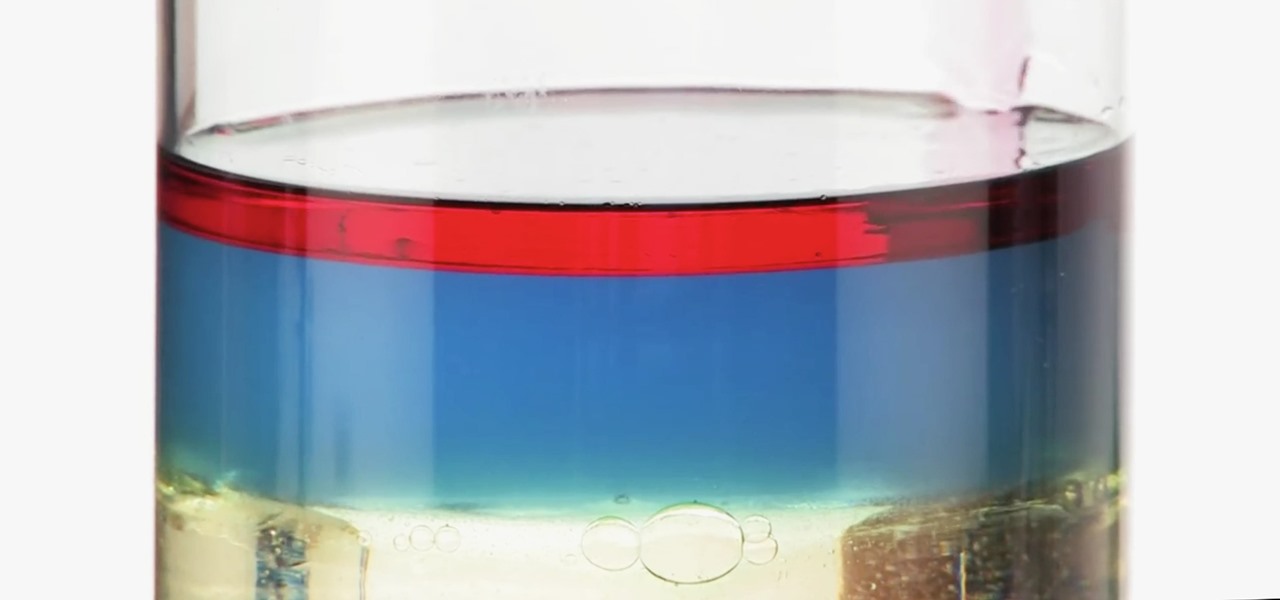
How To: Make This Amazing 9-Layer Density Tower from Things Found in Your Kitchen
Ralph Waldo Emerson once observed that "the seed of science" was "wonder," and taking a look at this nine-layer liquid tower from Steve Spangler's Sick Science! channel, one can't help but do just that — wonder. How is this possible? Is this magic or what?
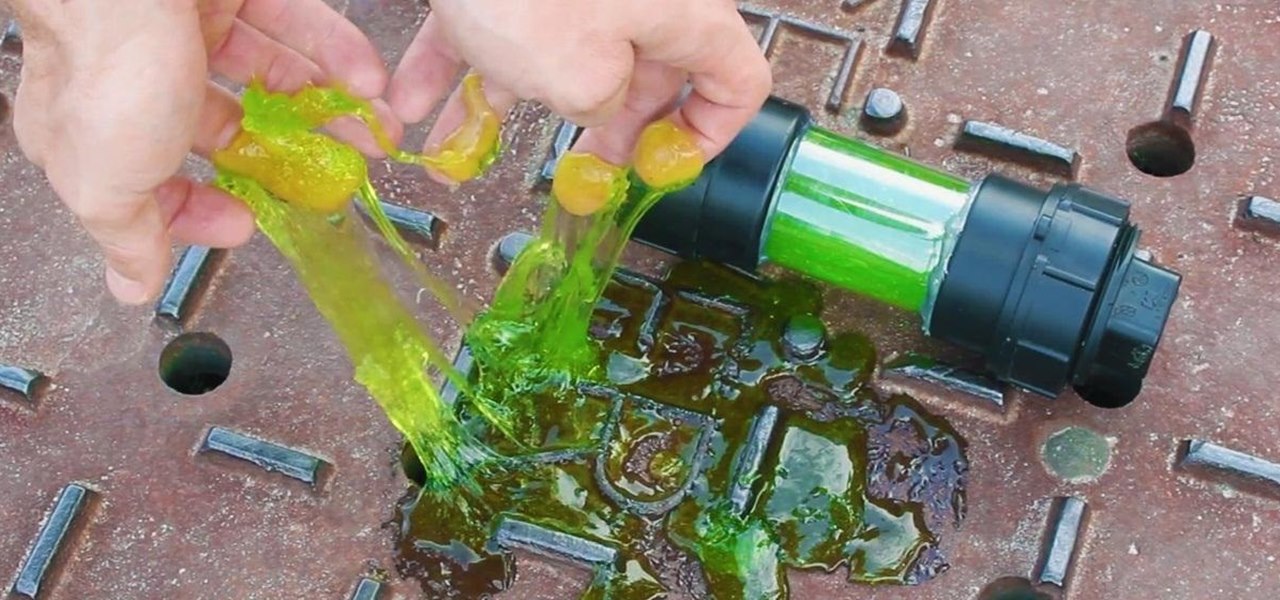
How To: DIY Ninja Turtle Ooze! Make Your Own Radioactive Canister of Glowing Green Slime at Home
There's a broken canister of mutant ooze leaking down into the sewers! But don't worry because this sticky slime is non-toxic, and it's so easy to make, a three-year-old can do it!
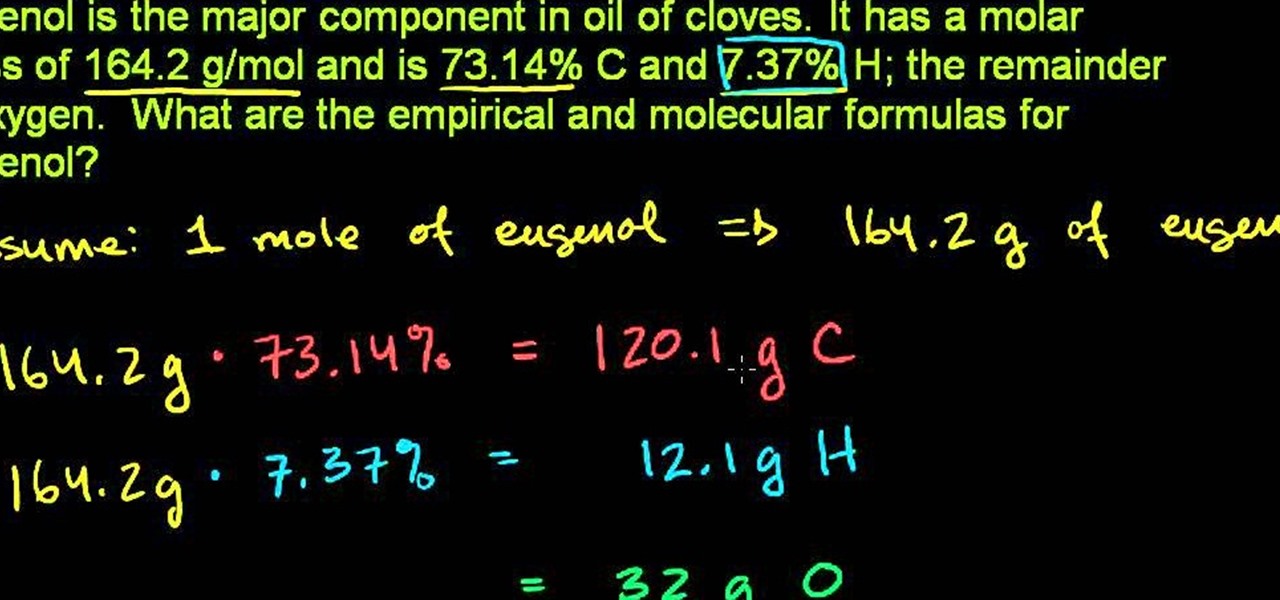
How To: Determine the empirical and molecular formulas for a compound in chemistry
In this free video science lesson from Internet pedagogical superstar Salman Khan, you'll learn how to determine the empircal and molecular formulas of a substance given percent composition. Whether you need help studying for that next big test or could just use a hand finishing your homework, you're sure to be well served by this video lesson. For more information, including detailed, step-by-step instructions, take a look.
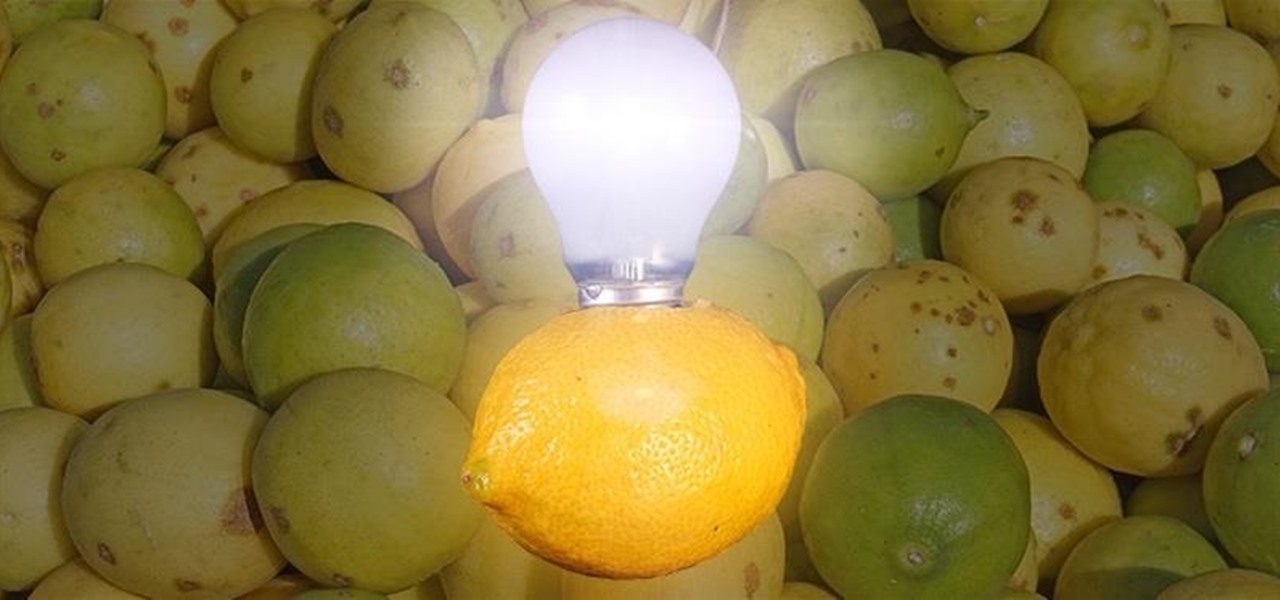
How To: The Best Investigatory Projects in Science: 16 Fun & Easy Ideas to Kickstart Your Project
Most of us have conducted an investigatory science project without even knowing it, or at least without knowing that's what it was called. Most science experiments performed, from elementary to high school students and all the way up to professional scientists, are investigatory projects.
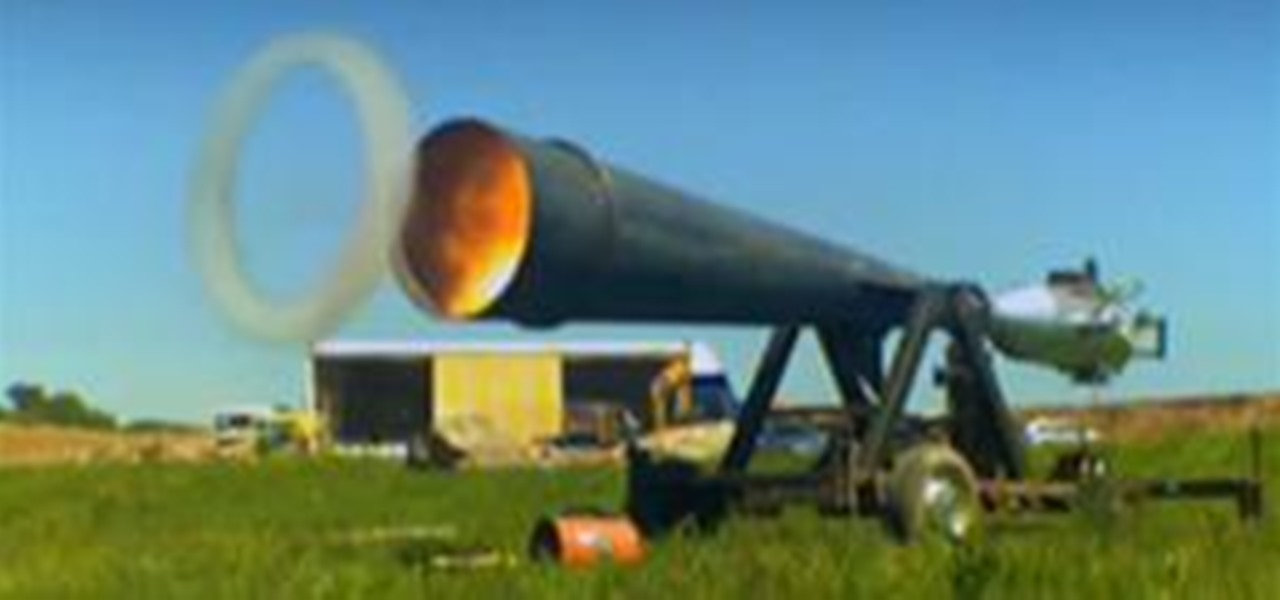
News: Vortex Cannon Demolishes House
Jem Stansfield from BBC's Bang Goes the Theory has "put scientific theory to the test" with his Vortex Cannon. Filmed at 1300-fps, you can see the cannon knock down three different houses made of straw, stick, and brick with an explosive vortex ring.
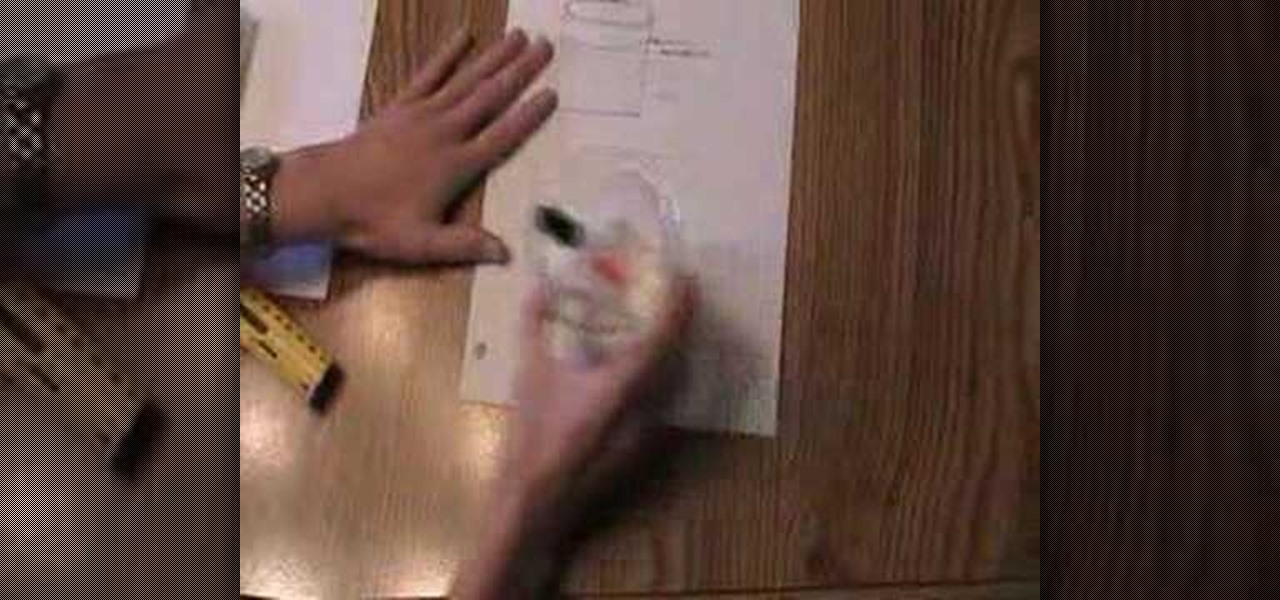
How To: Determine volume measurement
In this how to video you will learn how to measure the volume of solids and liquids. The formula for determining volume is width x length x height.
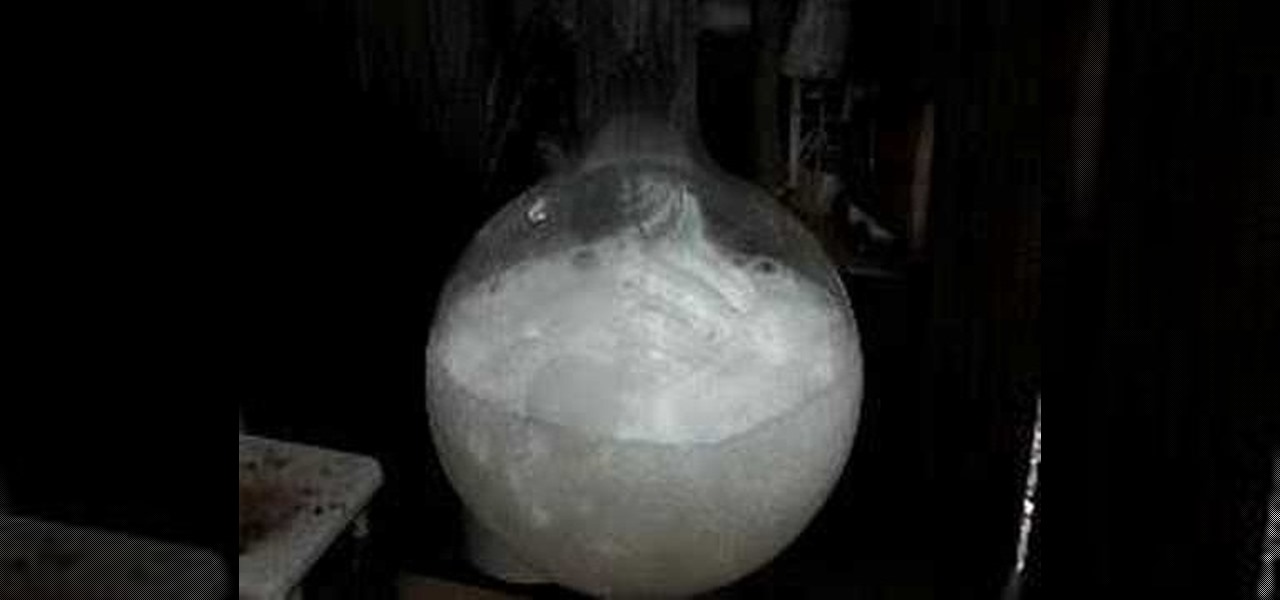
How To: Make hydrochloric acid from salt
In this tutorial, we learn how to make hydrochloric acid from salt. First, you will pour some salt into a distil flask. After this, you will add in some concentrated sulfuric acid to the salt. Next, you will let these react with each other. You will start to see gasses bubble up and the excess hydrogen chloride gas come out through the top of the tube. To create a stronger reaction, you can add heat underneath the reaction. Then, test this by exposing it to ammonium chloride. If it's the righ...
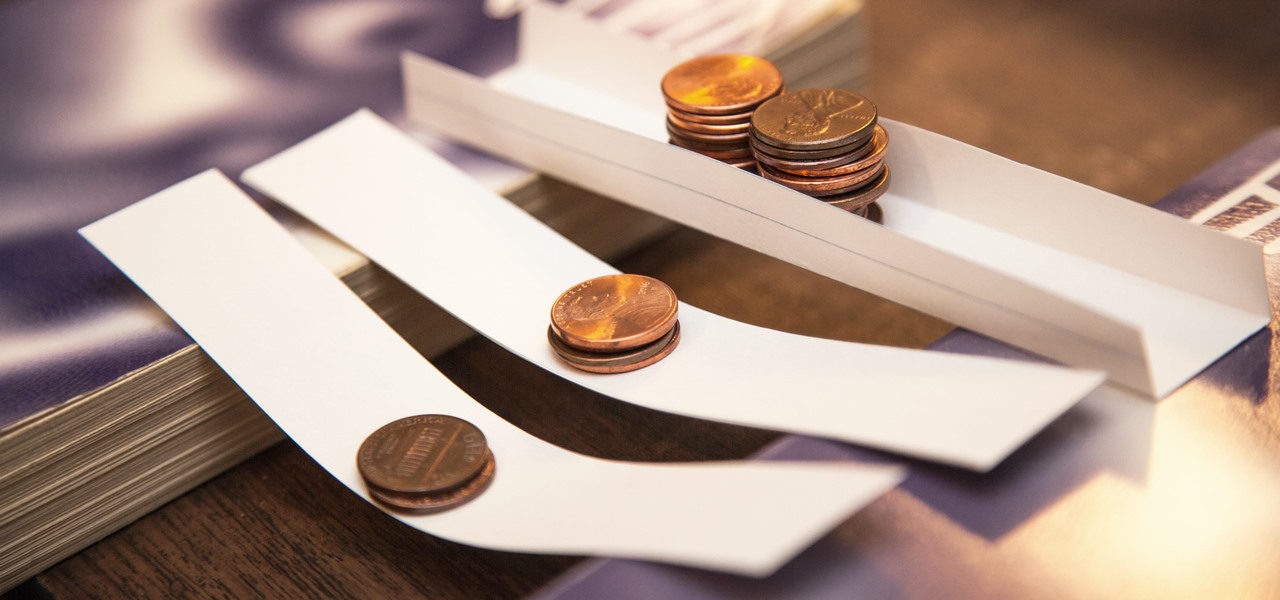
How To: Build a Simple Paper Bridge as a Science Experiment
Every day we pass bridges, whether it's a foot bridge, a highway overpass, a span over water, or a viaduct over a valley. We pass on these structures without even thinking of the engineering genius that went into their design and construction, let alone the science behind their strength.

How To: Make a Crazy Foam Explosion Science Experiment
Check out this video to see our Fantastic Foamy Fountain in action. The experiment uses Hydrogen peroxide and dry yeast. Hydrogen peroxide is similar to water but has an extra oxygen atom. This makes it more dangerous, and only adults should handle the hydrogen peroxide.
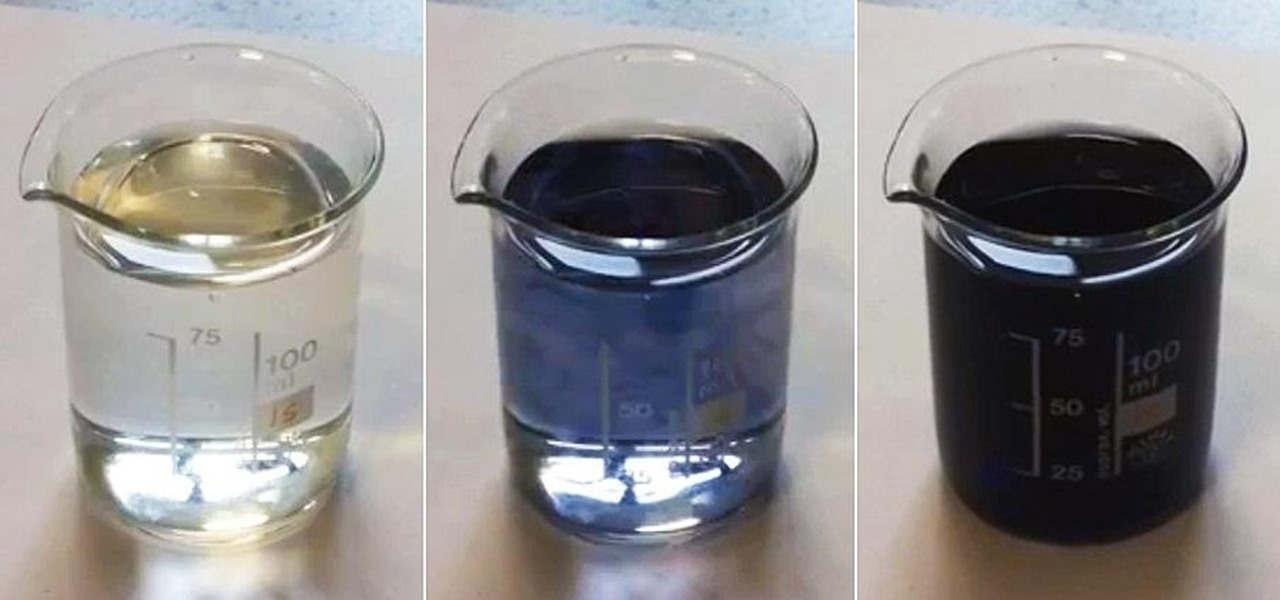
Classic Chemistry: Colorize Colorless Liquids with "Black" Magic, AKA the Iodine Clock Reaction
Want to make boring old colorless water brighten up on command? Well, you can control the color of water with this little magic trick. Actually, it's not really magic, but a classic science experiment known commonly as the iodine clock reaction, which uses the reactions between water and chemicals to instantly colorize water, seemingly by command. You can use different colorless chemicals to produce different colors, and you can even make the color vanish to make the water clear again.

How To: Make fire 4 ways without matches by using chemistry
Watch this science video tutorial from Nurd Rage on how to make fire 4 ways without matches by using chemistry, without matches or lighters.

How To: Make elemental sulfur (sulphur)
This video tutorial is in the Education category which will show you how to make elemental sulfur (sulphur). The chemicals you need are nitric acid and sodium thiosulphate. The reaction produces toxic SO2 gas so keep it coved with a watch glass. Put 12.9 grams of sodium thiosulphate in a beaker and dissolve it in minimum amount of water. Pour about 15ml of nitric acid in to the beaker. Let it sit in a warm place for a couple of hours and the sulphur will settle at the bottom of the beaker. Th...
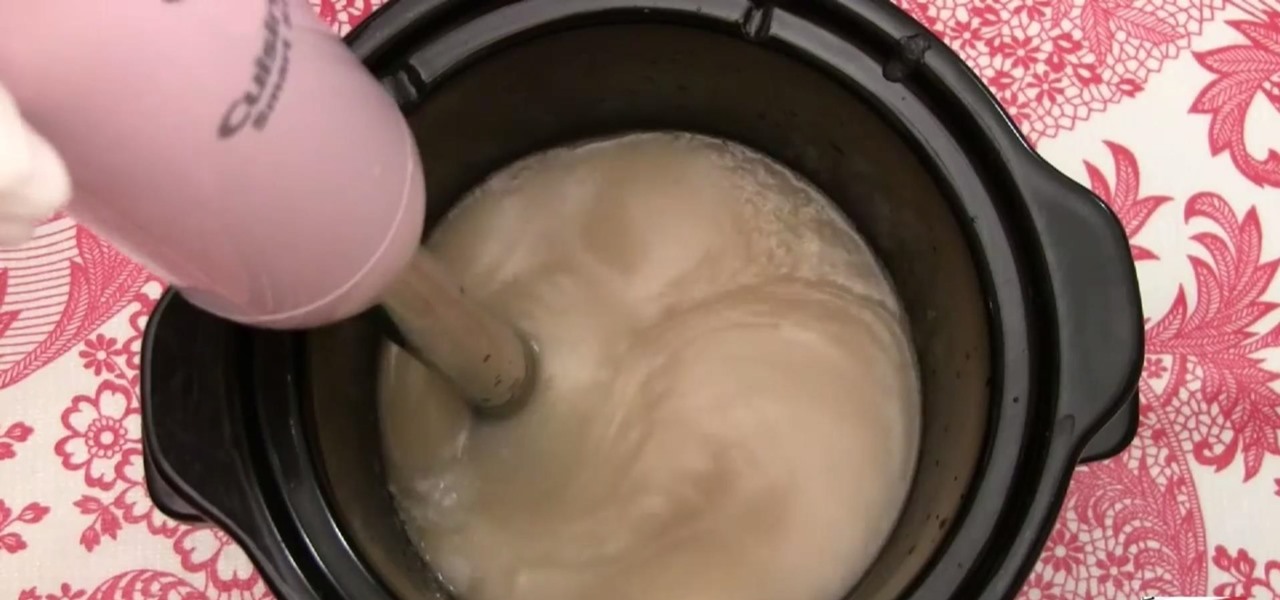
How To: Make Soap Out of Guava Leaf Extract for a Science Investigatory Project
Unless you're a high-schooler building a nuclear fusion reactor, the hardest part of a science investigatory project often is coming up with a good idea. You want it to be cool yet feasible, novel but still useful.
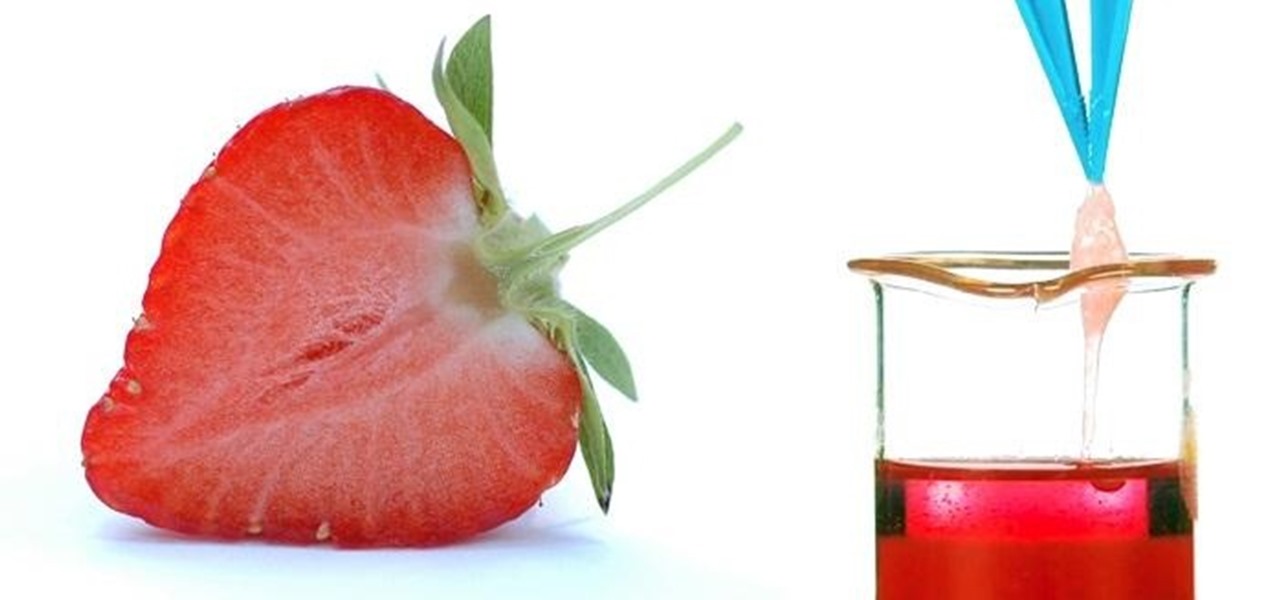
How To: Extract DNA from a Strawberry with Basic Kitchen Items
We all know that DNA is pretty amazing, but it's not something that most of us get much hands-on experience with. Even though it's in every living thing around us, we never see it, so we rarely think about it either.

News: What Happens When You Mix Coca Cola and Milk
Interesting reaction coke and milk The reaction of phosphoric acid (V) to proteins in the milk - they are cut and causes a precipitate
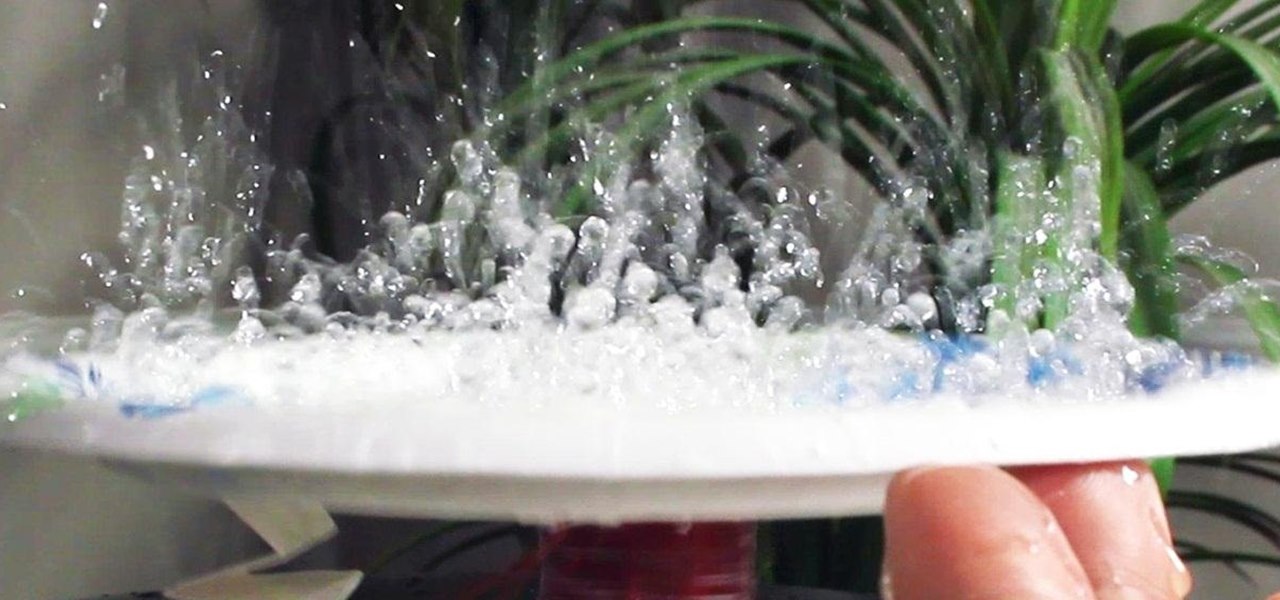
How To: Make a Paper Plate Speaker That Actually Works for Under $1
Back in 2007, YouTube user HouseholdHacker posted a parody video on how to make a high-def speaker for under a buck. MythBusters took on the challenge and busted it.
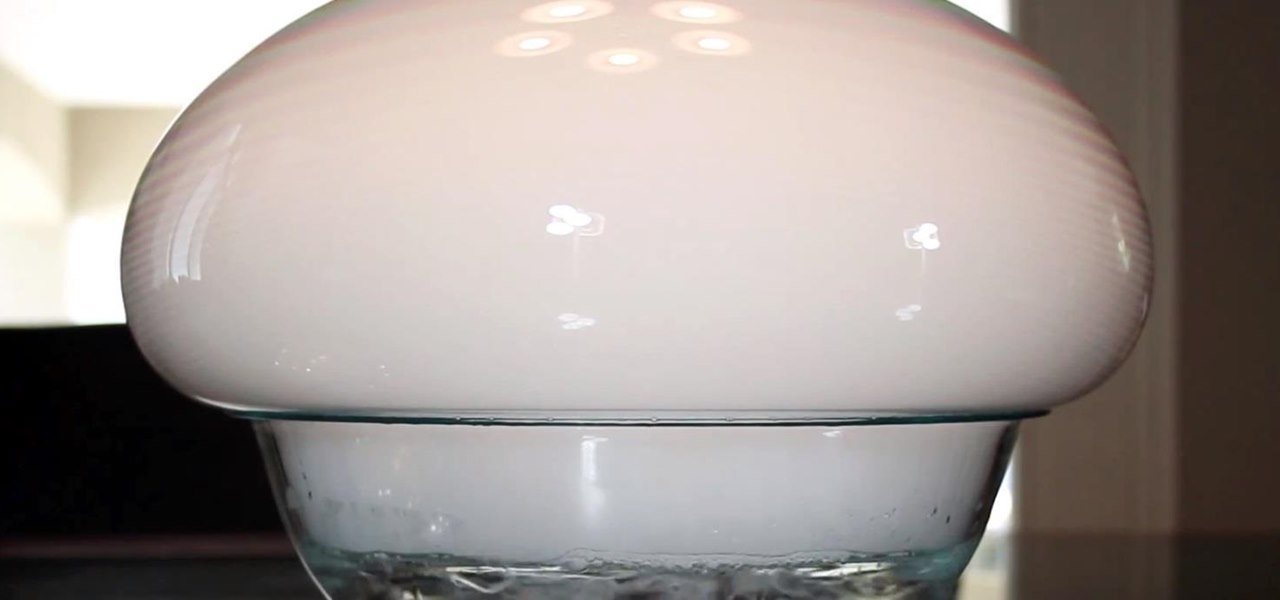
How To: Make a Monster Dry Ice Bubble
Sure it's been done before, but it never gets old. There's something magical about dry ice, bubbles, and especially the result you see when they're combined!

Make Slime Without Borax: 5 Easy Recipes for Gooey Homemade Ooze
One of the only things I remember from watching Nickelodeon as a kid is the epic green slime. Looking back, I don't know what was so great about it, but every kid my age thought that being drenched in slime would be the coolest thing on earth.
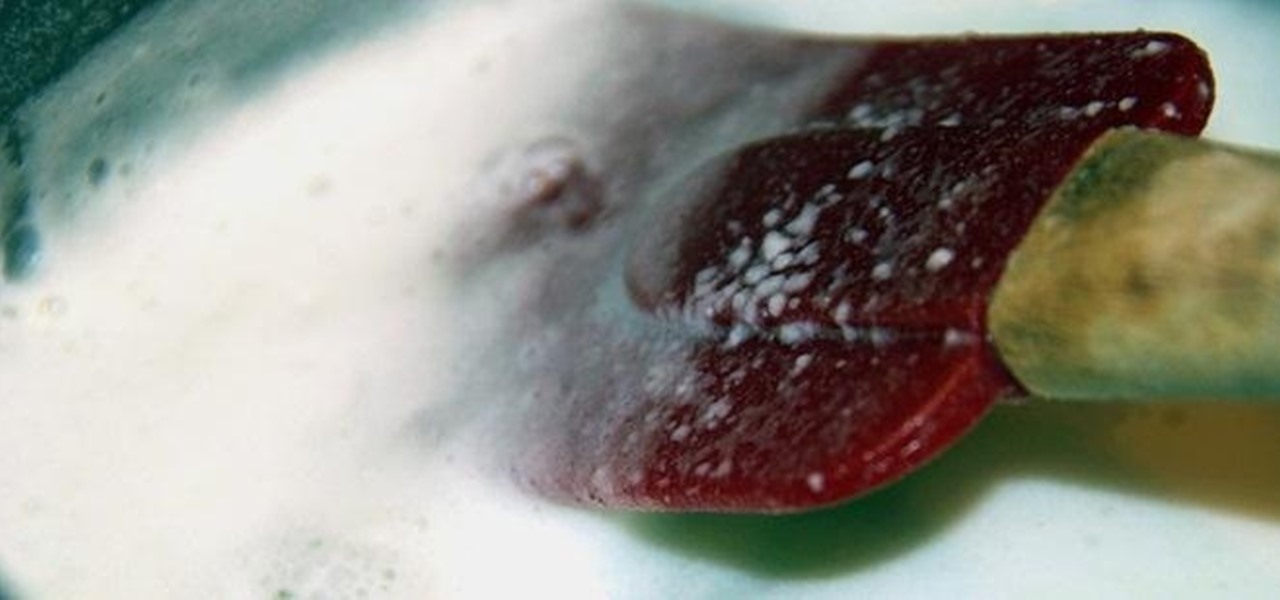
How To: Turn Milk into Strong Natural Glue with Baking Soda and Vinegar
You can do all kinds of unexpected things with milk, like make your own pore strips and invisible ink, or even get rid of red wine stains with it. But did you know that you can also use it to make your own glue?
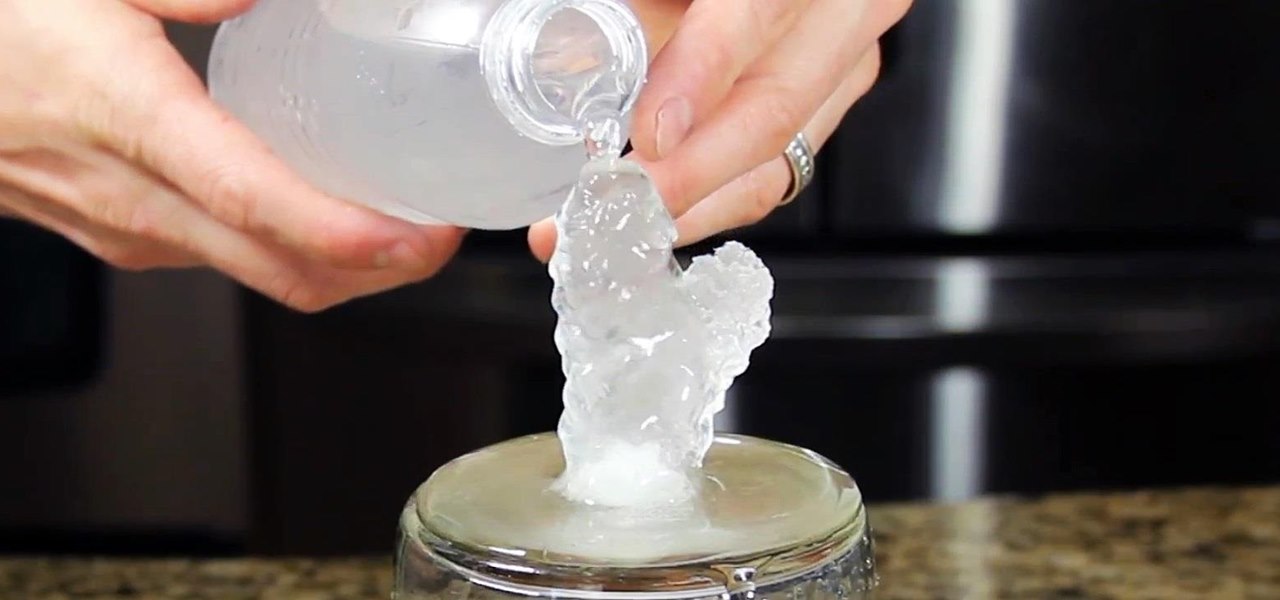
How To: Make Water Freeze into Ice Instantaneously
Have you ever seen water freeze instantly? This "Quick Clip" shows some of my personal experiences with making instant ice using a bottle of water supercooled in a freezer.
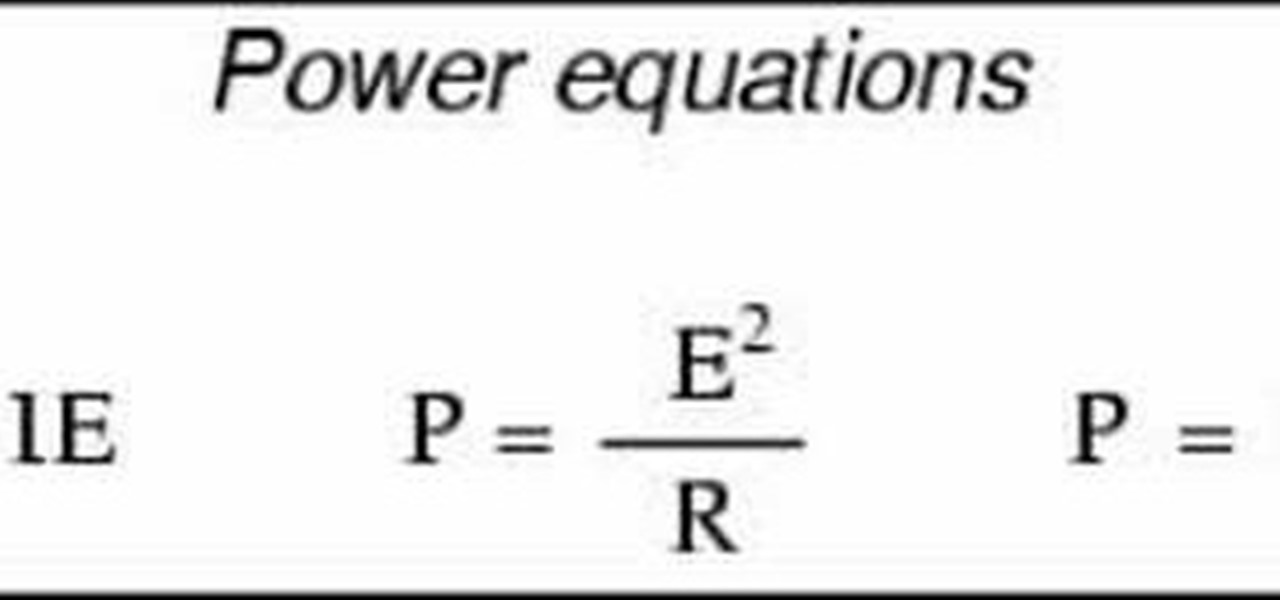
How To: Calculate electrical power
This video introduces the formulae for watts in an electric circuit, P=IxE, P=I^R, and P=E^/R. It also explains how P=I^R and P=E^/R are algebraically derived from P=IxE and Ohm's Law.
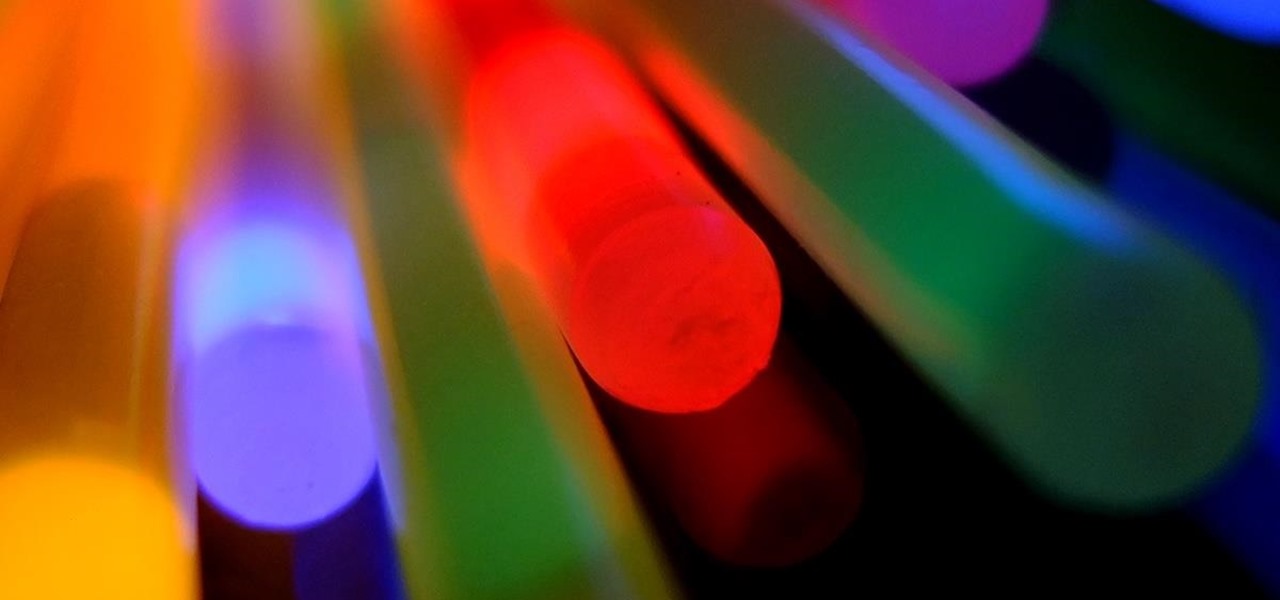
How To: Make Your Own Homemade Glow Sticks
Glow sticks, a popular favor at parties and outdoor events, and a must-have on Halloween, can be traced back to the United States Navy in the mid-1960s. The military desired improved visibility during night operations, and glow sticks, with their small-size portability and lack of batteries, were a perfect tactical solution.
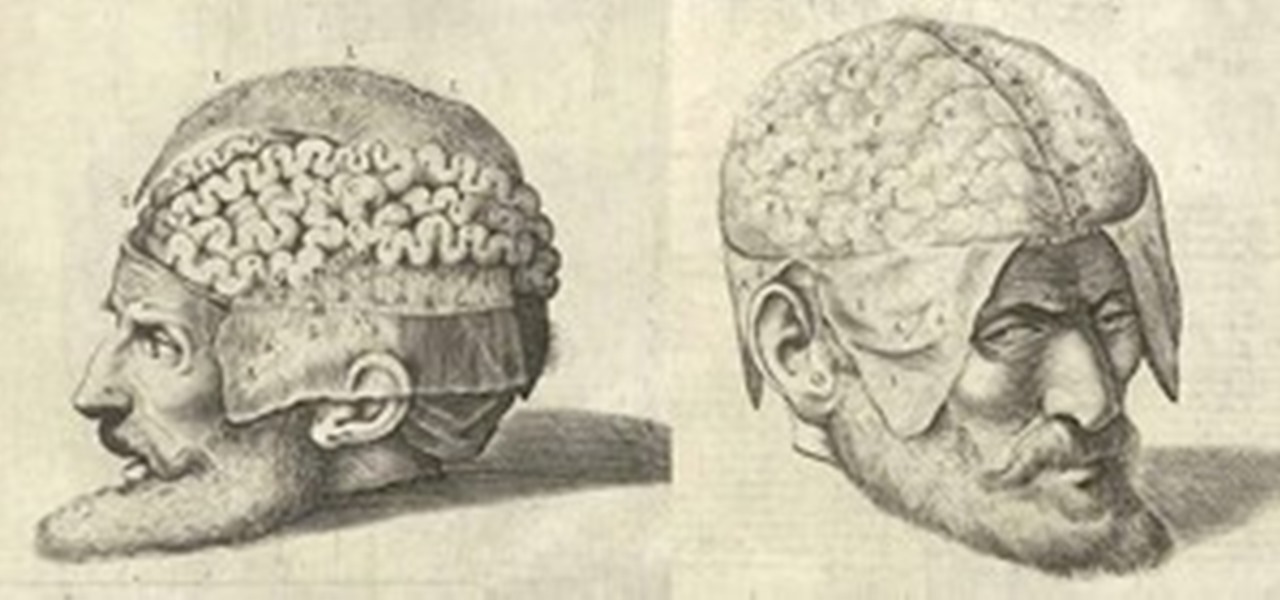
News: Dissecting a Human Head Through Anatomical Illustrations
Human anatomy is something every physician must undergo as a medical student. Some move on to become great doctors, some move on to become great artists, helping to better educate students and improve upon many illustrated representations of the human body since the days of medieval medicine. But thankfully, you don't have to be in the medical profession to enjoy the beautiful art of the human body created for teaching purposes.

How To: Use a Peltier module to create free electricity from heat
A Peltier module allows you to turn heat into electricity. Because you can place it in areas that are normally warm anyway, the electricity created is "free" in a sense, though it does work best when one side of the module is cold and the other is hot. In other words, all you'll need for this project is the Peltier module and a cooler surface such as soil or water, and a warm area such as a well lit window or warm pan.

How to Be Your Own SpaceX: Design, Build & Test Liquid-Fueled Rocket Engines
Move over NASA— SpaceX is taking over. Well, not really. But today, the privately funded spacecraft company broke all expectations when their Dragon capsule fell to a soft landing in the Pacific Ocean, completing an undoubtedly successful demo flight of nearly two full trips around Earth. It was the first re-entry of a commercial spacecraft ever, bringing commercial space transportation closer to reality.
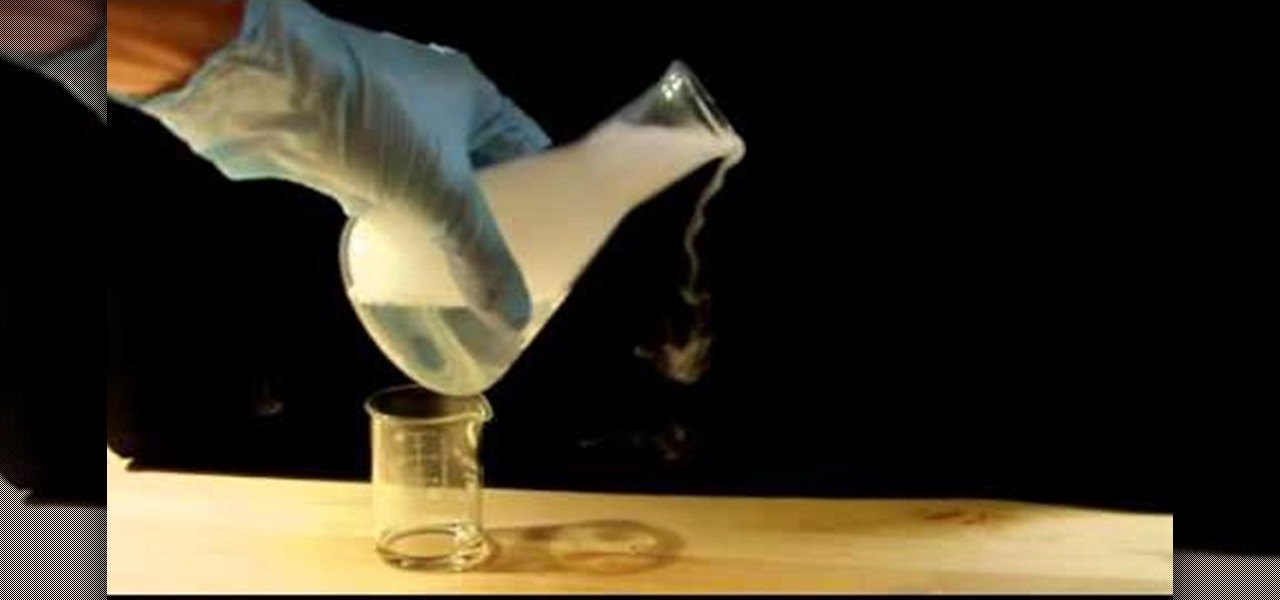
How To: Make ammonium chloride from hydrochloric acid and ammonia
This free video science lesson from the Home Scientist demonstrates a simple technique for creating ammonium chloride from hydrochloric acid and ammonia. For all of the relevant details and detailed, step-by-step instructions, as well as to get started trying this experiment yourself, watch this home-science how-to.
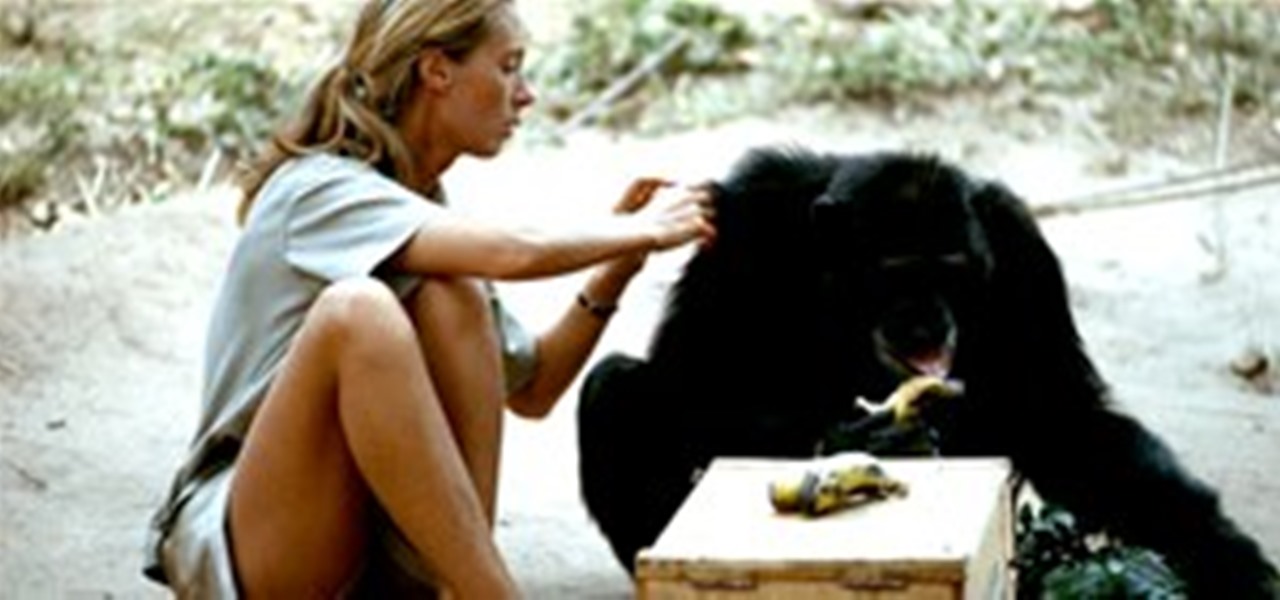
News: Jane Goodall Was a Babe (and One of History's Greatest Conservationists)
National Geographic recently published a retrospective of the lovely Jane Goodall, one of the world's most accomplished conservationists. The feature includes every image of Goodall to ever appear in the magazine for the past fifty years.

How to Test diamagnetism: Antimagnetic water/hanging graphite
If you had to answer the following statement, which answer would you choose? Water is:
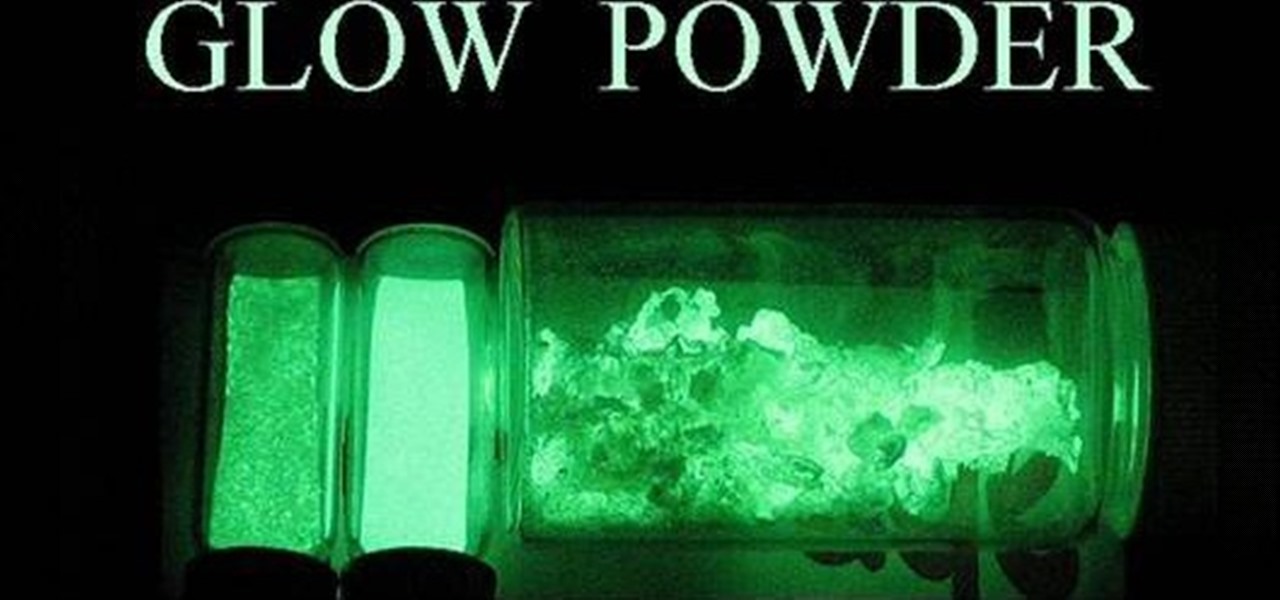
How To: Make green luminescent phosphorescent glow powder
It's a stormy winter night, and you're electricity goes out. You could grab some candles to add a little light to your life, or you could use glow-in-the-dark chemicals for a cool luminescent.
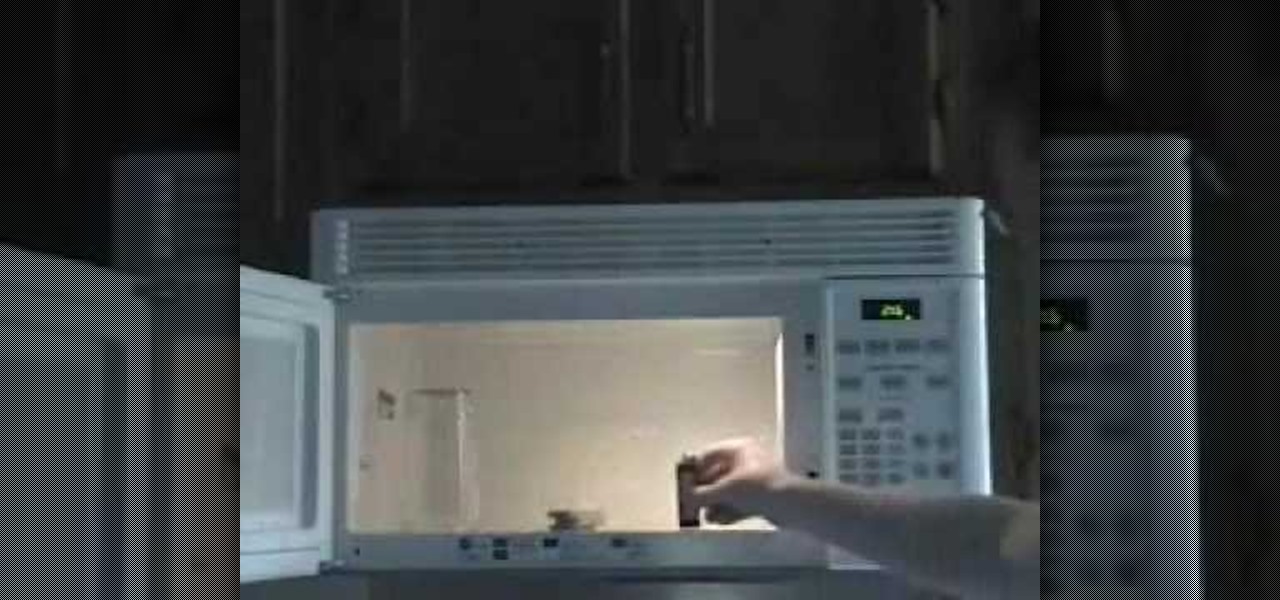
How To: Make a ball of plasma in a microwave
There are about fifteen states of matter: solid, liquid, gas, plasma, et cetera. Plasma is commonly found in stars, and is a rare natural phenomenon here on Earth. In this video, I show you how to make artificial plasma in your microwave.
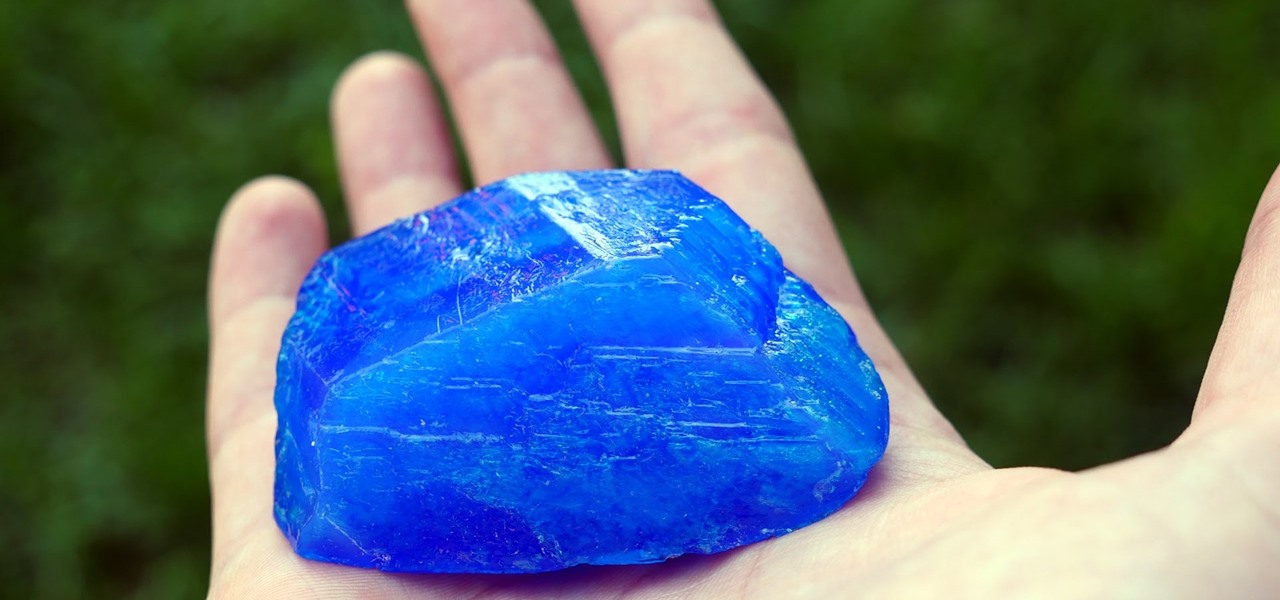

News: World's Simplest Electric Train
The trick in the video is that the magnets are made of a conducting material and they connect the battery terminals to the copper wire, so the battery, magnets and copper wire make a circuit that generates a magnet field just in the vicinity of the battery. The geometry means the two magnets are automatically at the ends of the generated magnetic field, where the field is divergent, so a force is exerted on the magnets.
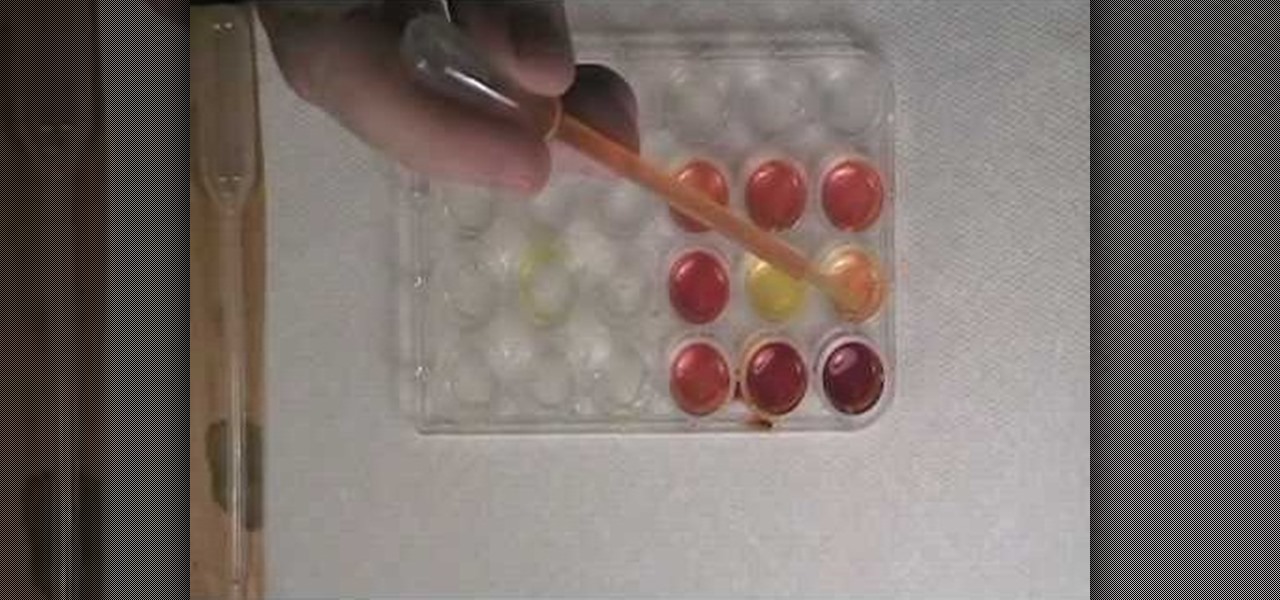
How To: Test for boron with curcumin
Want to test whether the soil sample or a water sample contains boron, watch this video. As shown in the video, the first step is to create test specimens of various concentrations using a simple turmeric and ethanol solution as a base for comparison. The basis of this experiment is the fact that curumin present in turmeric reacts with boron to form a reddish compound and so the result of this reaction can easily be verified visually.

How To: Make (non-Newtonian) Oobleck from corn starch & water
Mr. O shows his audience in this video how to make oobleck, a slime-like substance which has a variety of unique properties. For this project, you will need a mixing bowl, food coloring, corn starch, a measuring cup, and water. First, color the water with food coloring to a color which is much darker than the color you would like. You will need the correct ratio of water to cornstarch, in a 1 to 2 ratio. Add some water to the bowl and add the cornstarch, then add the rest of the water. Finall...

How To: Use baby powder to reveal latent fingerprints
This short video shows us how to reveal latent fingerprints on a glass surface by dusting. Anyone interested in forensic science would enjoy trying it as it shows simple steps in dusting and lifting fingerprints. It does not require any chemicals and we can do it with baby powder. The steps involved are so simple and easy to follow that even kids can try it out for fun. This gives a clear idea about fingerprints on different objects like porous, non porous and metals. Enjoy viewing and detect...
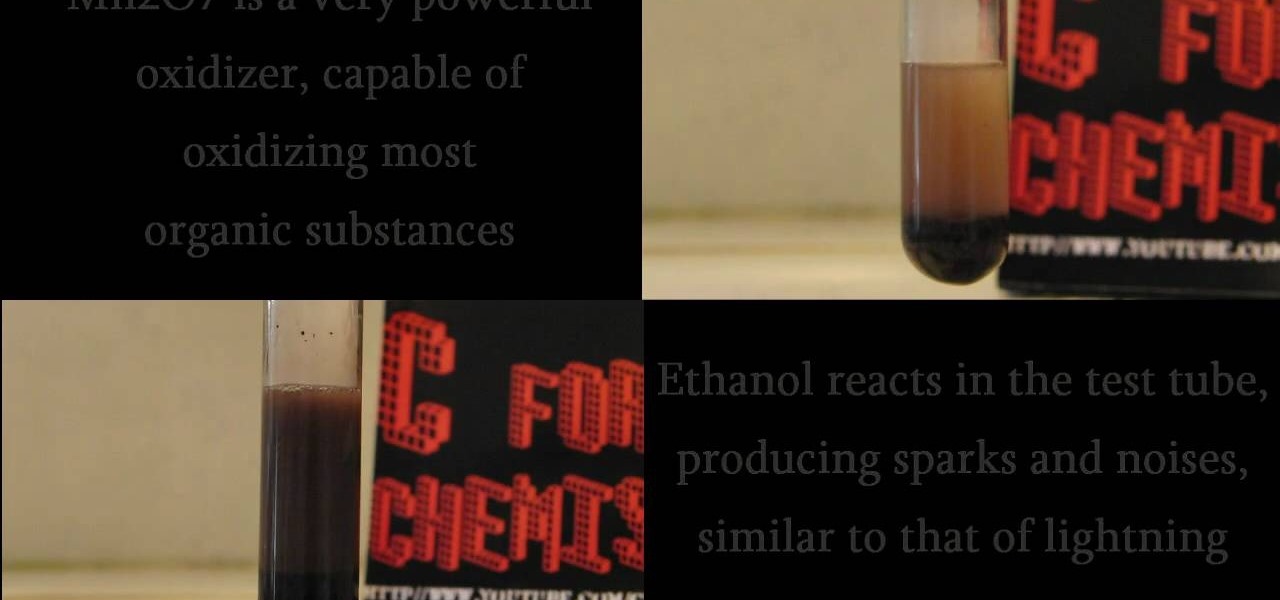
How To: Make thunder in a test tube with ethanol & acetone
C For Chemistry delves into the chemistry of science experiments. This chemist knows what he's talking about. These chemistry experiments are not only fun, but very educational for all of those interested in scientific chemical reactions and properties.
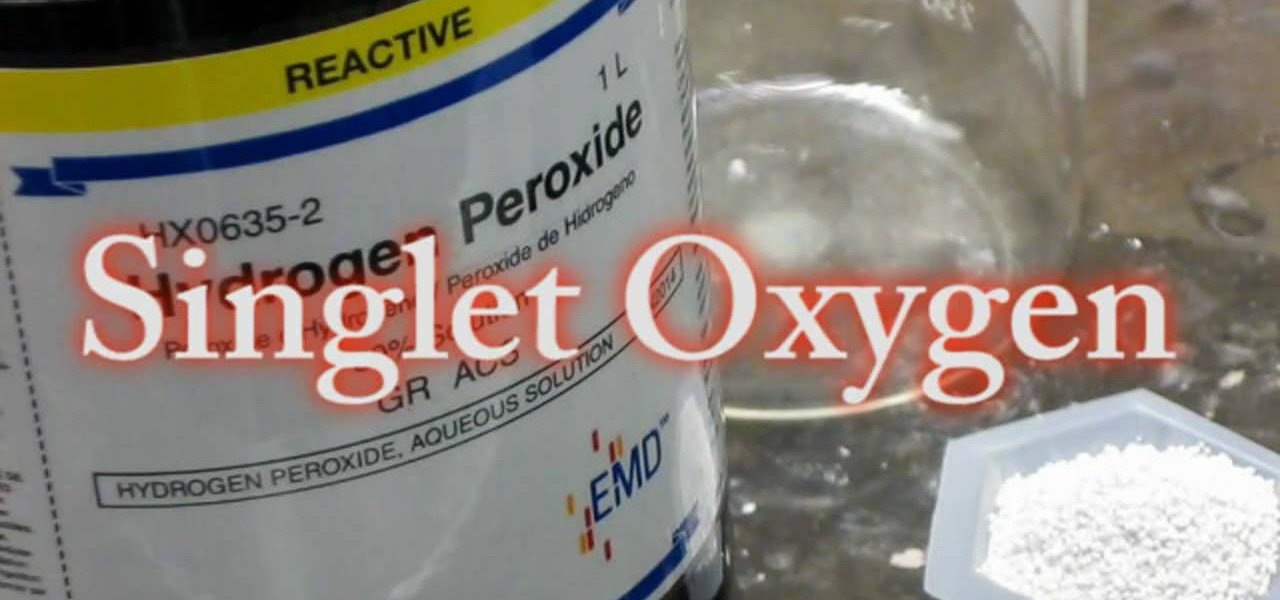
How To: Make a chemiluminescent reaction with home chemicals
Watch this science video tutorial from Nurd Rage on how to make a chemiluminescent reaction with home chemicals. Make a chemiluminescent singlet oxygen red light pulse from two simple chemicals almost anyone can buy: pool chlorine and hydrogen peroxide.
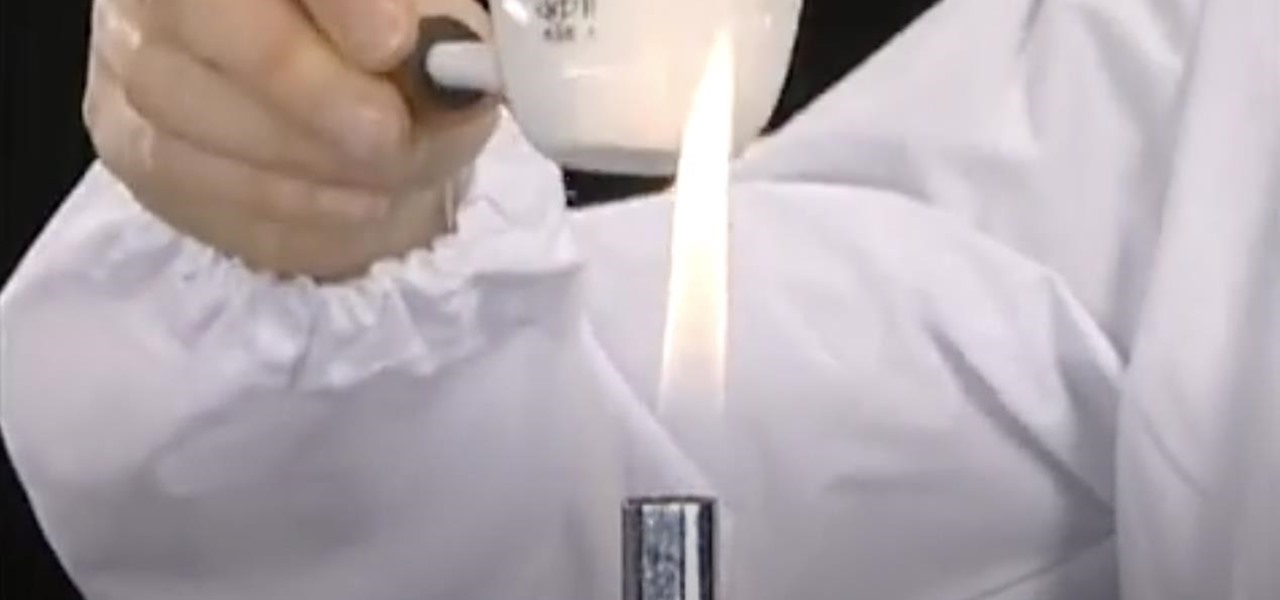
How To: Use a Bunsen Burner in the Chemistry Lab
Find out how everything in a chemistry lab works, from pipettes to burners to recrystallization to storage. You'll get precise instructions on how to work and perform certain scientific duties in the chem lab, whether it's chemical or just ordinary high school science.

How To: Blow a large bag up with one breath
How many breaths would it take to blow up an eight-foot long bag? Depending on the size of the person, it may take anywhere from ten to fifty breaths of air. However, with a little practice you will be able to inflate the bag using only one breath.
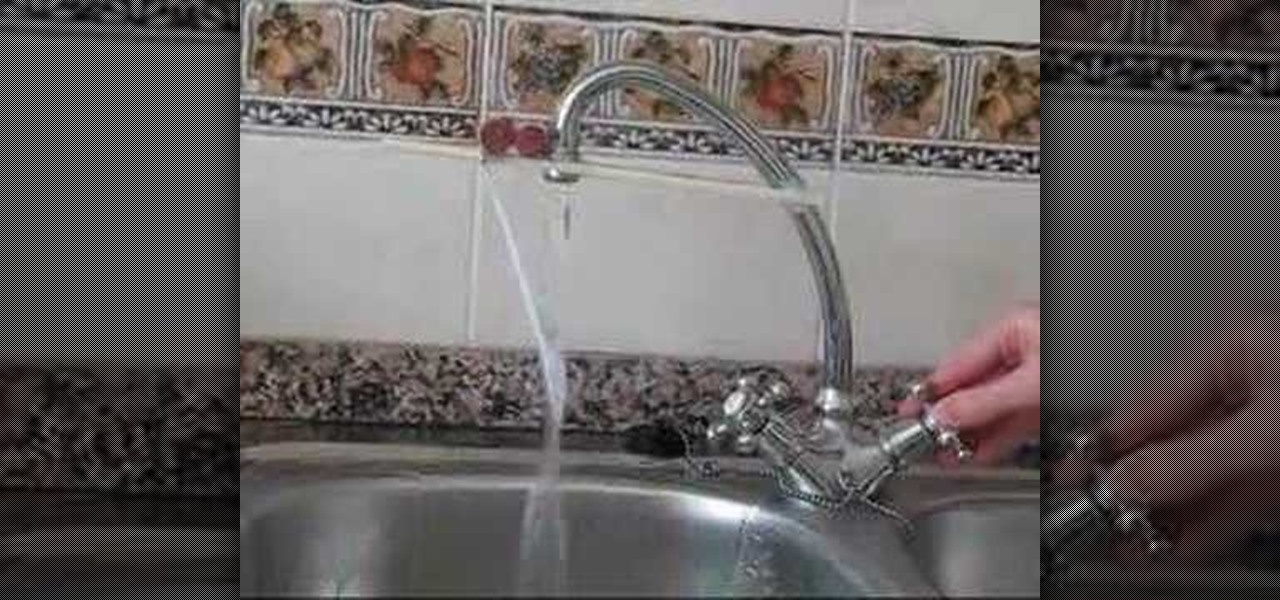
How To: Do the Coanda effect science experiment
Check out this simple experiment using running water from a tap, and air blown through a straw, as it flows over the back of a vertically hanging plastic teaspoon are used to demonstrate the Coanda effect. Here the attachment of the back of the teaspoon to the flowing stream of fluid (air or water in this case) is what is referred to as the Coanda effect. Watch this how to video and you will be able to create the Coanda effect with your kids at home.





